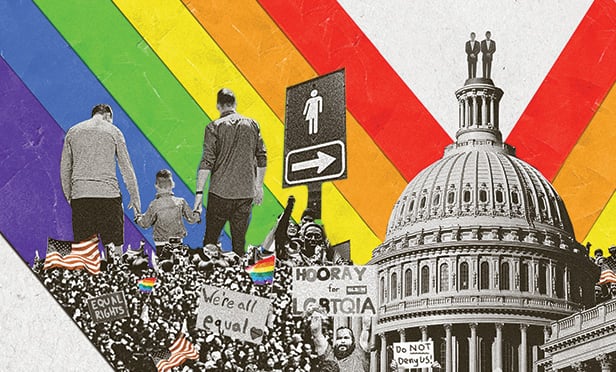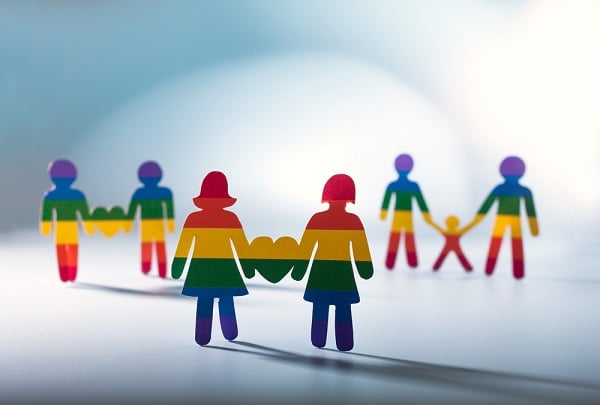 It's obvious that company culture starts from within, which is why it's important to empower your existing employees. (Photo: Shutterstock)
It's obvious that company culture starts from within, which is why it's important to empower your existing employees. (Photo: Shutterstock)There's no denying that diversity and inclusion are hot topics when it comes to the workplace, with many organizations prioritizing efforts to not only increase their pool of diverse candidates but to retain them. The term “diversity” became popular in the 1980s and has since evolved into “diversity and inclusion” with the realization that getting diverse candidates through the door is only half the battle — inclusion efforts help to make sure they want to stay.
Today, many organizations have embraced the term “belonging,” which adds the final layer to diversity and inclusion efforts: acceptance. In 2018, LinkedIn released its Global Recruiting Trends report which analyzes these three terms and measures their level of priority within organizations.
Recommended For You
Complete your profile to continue reading and get FREE access to BenefitsPRO, part of your ALM digital membership.
Your access to unlimited BenefitsPRO content isn’t changing.
Once you are an ALM digital member, you’ll receive:
- Breaking benefits news and analysis, on-site and via our newsletters and custom alerts
- Educational webcasts, white papers, and ebooks from industry thought leaders
- Critical converage of the property casualty insurance and financial advisory markets on our other ALM sites, PropertyCasualty360 and ThinkAdvisor
Already have an account? Sign In Now






